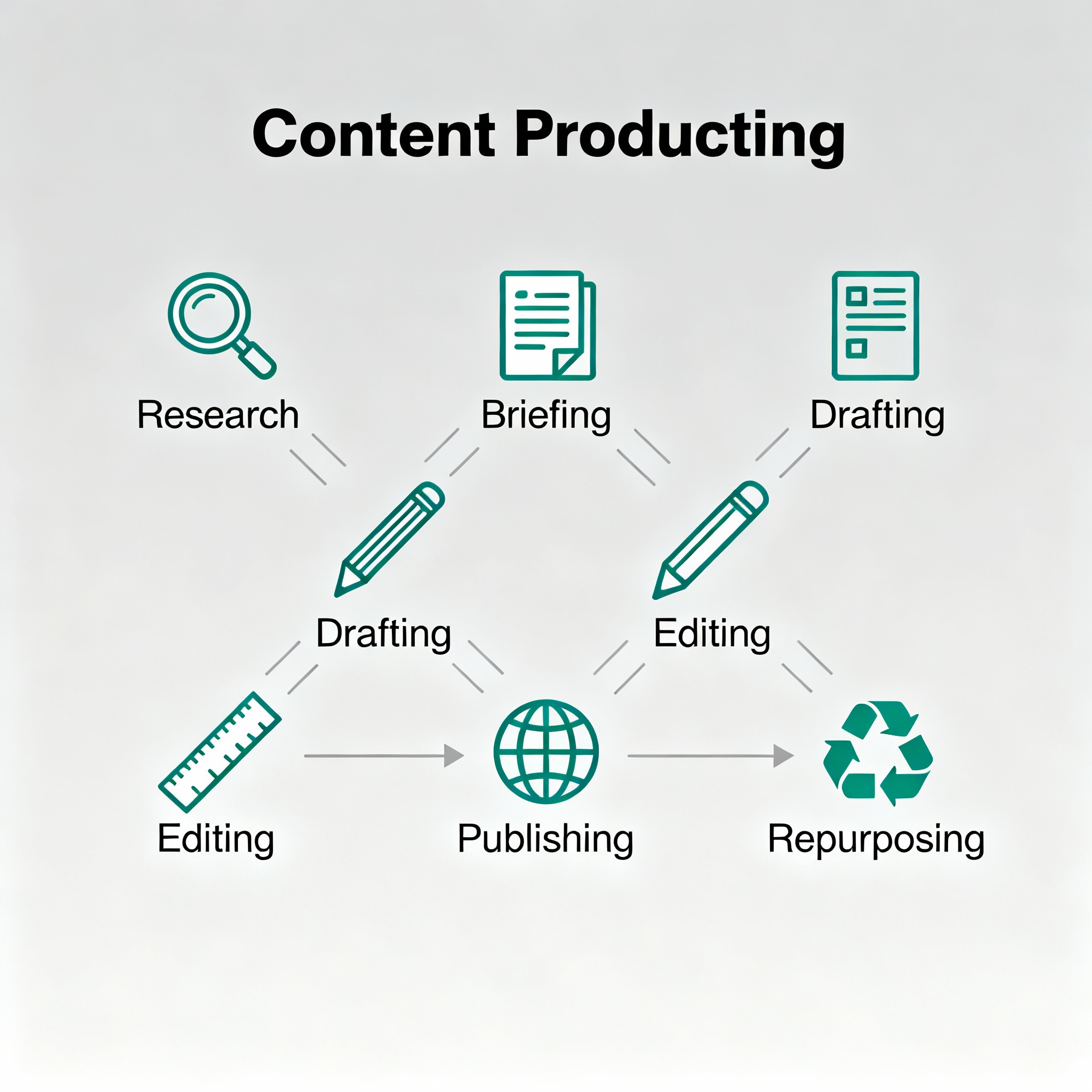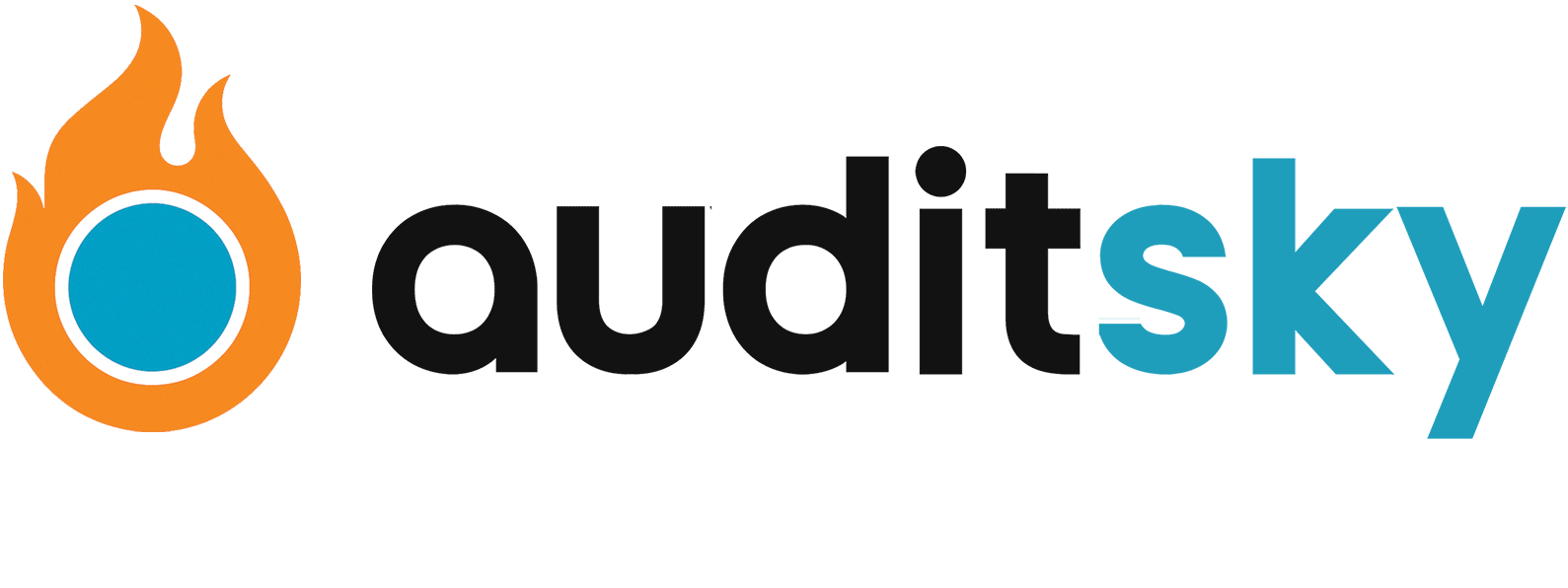Growing an agency feels like juggling client work, hiring, and operations all at once. When you move from founder-does-everything to leader-of-a-team, the day-to-day changes — and so must your business model. If you want repeatable growth, scaling a content marketing agency means building systems, packaging services, and creating predictable acquisition channels.
Why most agencies stall before scaling
Here’s the thing, many agencies trade time for cash. You win more clients, you hire more writers and strategists, and profit growth lags because margins are variable. The better path is to systemize delivery, diversify acquisition, and productize offerings so growth compounds. Research shows agencies that formalize processes and content operations scale more reliably, and you can use those same systems to serve bigger clients and slower churn. See practical frameworks from Content Marketing Institute for scaling content production and operations. (See Content Marketing Institute link below.)
The three pillars to scale quickly
1) Sales and predictable pipeline
- Build channel mix instead of relying on one source. Combine inbound SEO, thought leadership, LinkedIn outreach, and partnerships. Experiment, measure, then double down on the highest ROI channels.
- Create clear service tiers: starter, growth, and enterprise packages with outcomes and deliverables defined. That reduces time spent custom-proposing and speeds closing.
- Use a CRM and automated nurture sequences to keep leads warm without manual outreach.
2) Repeatable delivery systems

- Document every client-facing process, from onboarding to monthly reporting. Templates and checklists remove founder bottlenecks.
- Build a modular content system: core pillar content, supporting posts, repurposed assets, promotion plan. This reduces creative friction and increases output without sacrificing quality.
- Invest in a project management tool and a robust editorial calendar to visualize throughput and capacity.
3) Talent and capacity planning
- Hire for skills you can’t outsource easily: strategy, client management, and systems design. Use freelancers for scaleable execution roles like writing, design, and video editing.
- Create clear role paths so your team sees advancement, reducing churn and enabling you to promote from within.
- Consider “pods” or small cross-functional teams that own a set of clients end-to-end; pods improve accountability and margins.
Pricing, packaging, and productization
If you charge by the hour, scaling will always be linear. Productize outcomes: fixed-fee retainers, tiered service packages, and outcome-based pricing for bigger engagements. Offer add-on services like content audits or paid amplification packages. Packaging helps buyers choose quickly and increases average deal size.
Operations playbook: tools and automation
A lean tech stack saves time and reduces error. Typical stack components:
- CRM and sales automation (HubSpot, Pipedrive)
- Project management (Asana, ClickUp)
- Content tools (SEO research tools, editorial platforms)
- Reporting and dashboards
Automate routine touchpoints like billing, client reporting, and content promotion. Free and paid audit widgets can turn passive site visitors into leads when embedded throughout your site and blog. Audits like the ones shown on Auditsky’s agency pages help convert silent visitors into prospects. (See Auditsky agency and lead generation links below.)
Sales enablement and proposals that close
- Create templated proposals with clear deliverables, timelines, and expected ROI. Include case studies and a predictable onboarding plan.
- Use a discovery call script to qualify fit before deep scoping. Say no more often to poor-fit clients.
- Introduce a formal handoff from sales to delivery with an onboarding checklist so client experience is consistent.
Growth levers you can test in 90 days
- Productize one service into a fixed-price package. 2. Embed an audit or lead magnet on top-performing pages to capture hidden readers. 3. Launch a targeted LinkedIn outreach campaign for a vertical niche. 4. Repurpose existing long-form content into a webinar to generate leads.
Measuring success: KPIs that matter
- Revenue per full-time equivalent, gross margin, churn, and client LTV. Track content-specific KPIs too: organic traffic growth, leads generated from content, and conversion rates on gated assets.
- Use dashboards to connect content activity to pipeline outcomes so you can justify investment and iterate.

Internal links and resources for implementation
- Learn how agencies use a white-label audit to convert visitors on the Auditsky agencies page.
- If you focus on content-specific lead capture, check Auditsky’s content marketing lead generation page for examples and widgets.
- For SEO-focused agency growth, review the Auditsky SEO tools page to see how audits and automation can help.
- Explore Auditsky’s homepage to see the embedding and white-label options you can use immediately.
Useful external resources
- HubSpot’s guide to agency org structures covers staffing models and roles for scale. HubSpot Guide
- Content Marketing Institute’s piece on scaling content production offers operations-focused tactics. Content Marketing Institute
- Upwork’s practical guide lists strategies to scale digital marketing agencies and when to hire freelancers. Upwork Guide
- DesignRush’s agency scaling guide explains pipeline diversification and repeatable sales systems. DesignRush Guide
Ready to Scale?
If you want a fast way to convert more of your website traffic into qualified leads, embed a white-label audit on landing pages and content. Auditsky helps agencies generate predictable, audit-driven leads you can follow up with a documented sales playbook. Try the demo or start a free trial at Auditsky to see immediate lead uplift.
Frequently Asked Questions
How long does it take to scale an agency profitably?
It depends on productization and pipeline quality. With clear packages and a repeatable sales system, you can see measurable growth in 3-6 months. Systemizing delivery and adding automation accelerates profitable scale.
What should I productize first?
Start with your highest-margin and most repeatable service. For most content agencies that is a structured content program: pillar content, supporting posts, and promotion. Package it with clear deliverables and timelines.
How many clients per strategist is sustainable?
That varies by service complexity. A general guideline is 4–8 mid-market clients per senior strategist when supported by a pod structure and reliable freelancers for execution.
Should I hire full-time or use freelancers?
Hire full-time for core skills and client management, use vetted freelancers to scale execution. This lowers fixed overhead while enabling capacity spikes.
What pricing model helps with scaling?
Fixed-fee retainers and outcome-based pricing scale better than hourly billing. They make revenue predictable and encourage operational improvements.
How do I avoid quality dropping as I scale?
Document processes, run weekly quality reviews, and keep a rigorous onboarding checklist. Promote a few mid-level team members into quality leads to maintain standards.
Conclusion
Scaling a content marketing agency requires discipline more than hustle. Build repeatable sales, invest in systems and people, and productize your best services. Start small with a single packaged offering and one predictable lead channel, then iterate. With the right mix of automation, talent, and clear pricing, growth becomes reliable instead of accidental.
Next step
Want help mapping a scalable content offer and embedding audit-driven lead capture on your site? Visit Auditsky to try the audit widget and start converting visitors into sales-ready leads today: https://auditsky.ai
